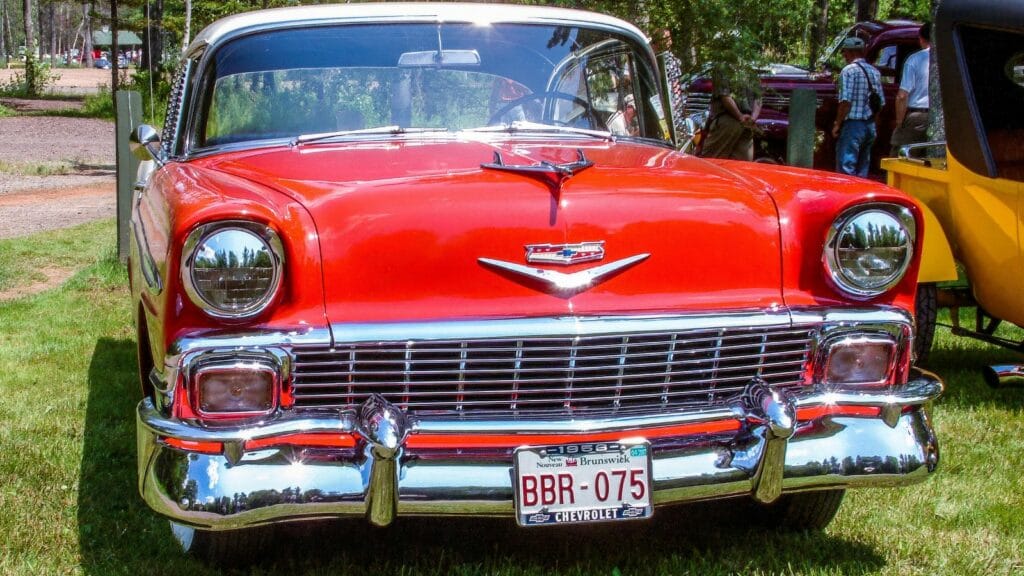Owning a classic car is supposed to be simple: you buy it, you maintain it, and you drive it with a grin on your face. But across North America and Canada, lawmakers and insurance regulators have come up with some curious rules that can complicate the fun. Some are rooted in safety, others in bureaucracy, and a few just feel like they were scribbled down after a long lunch break. Here are ten of the weirdest classic car laws you might stumble across.
No Night Driving on Antique Plates
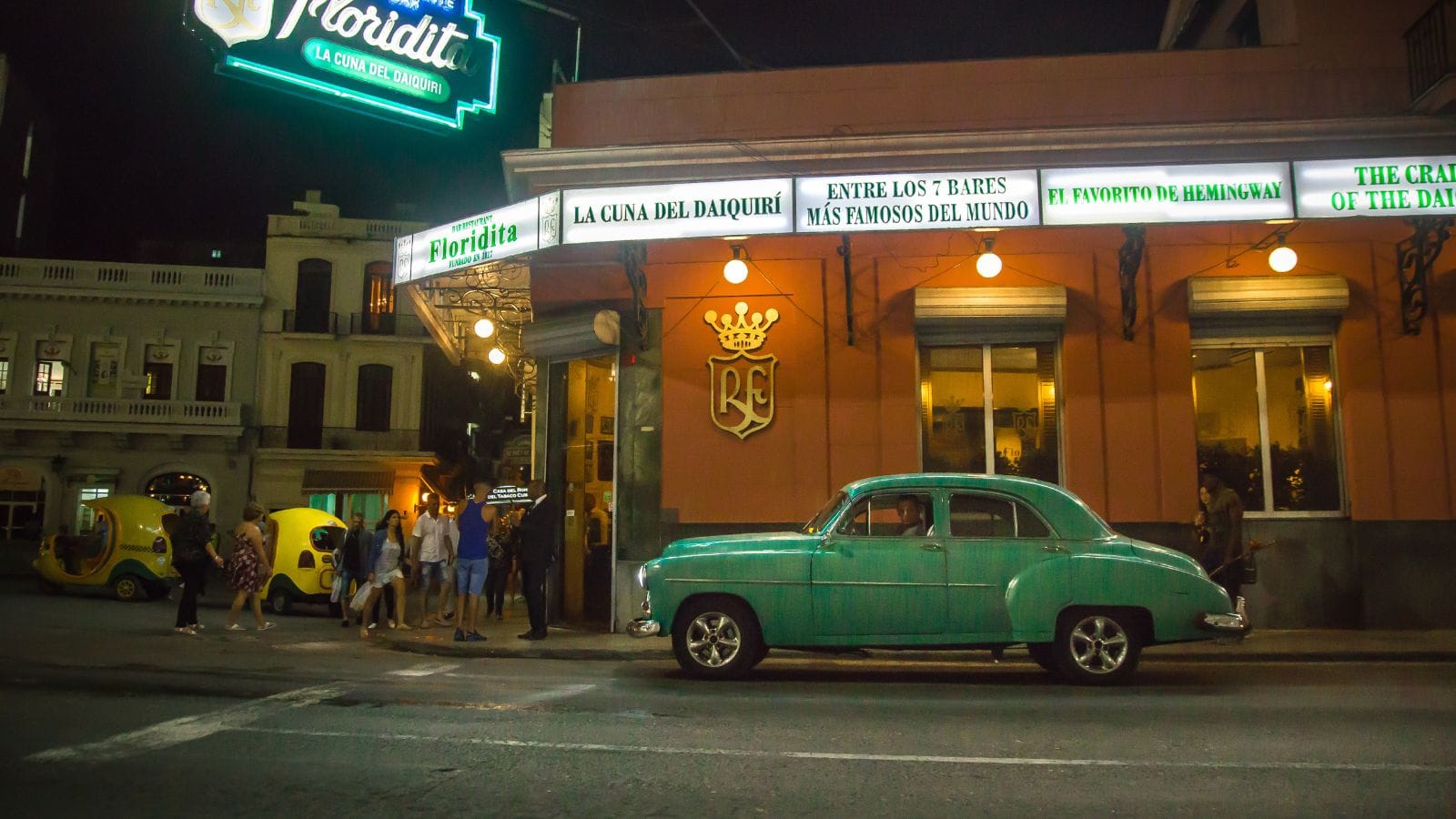
In several states, registering your car with antique plates comes with an unexpected catch: you may not drive it at night. The rule exists to protect older cars that lack bright headlights, reflectors, or even turn signals. The logic makes sense for a prewar Packard, but less so for a 1970s muscle car with halogens. Many owners simply keep regular plates on hand to avoid the hassle, though it undermines the point of antique registration entirely. Imagine firing up a 1969 Camaro SS only to be told it’s bedtime by law.
Limited Mileage Restrictions
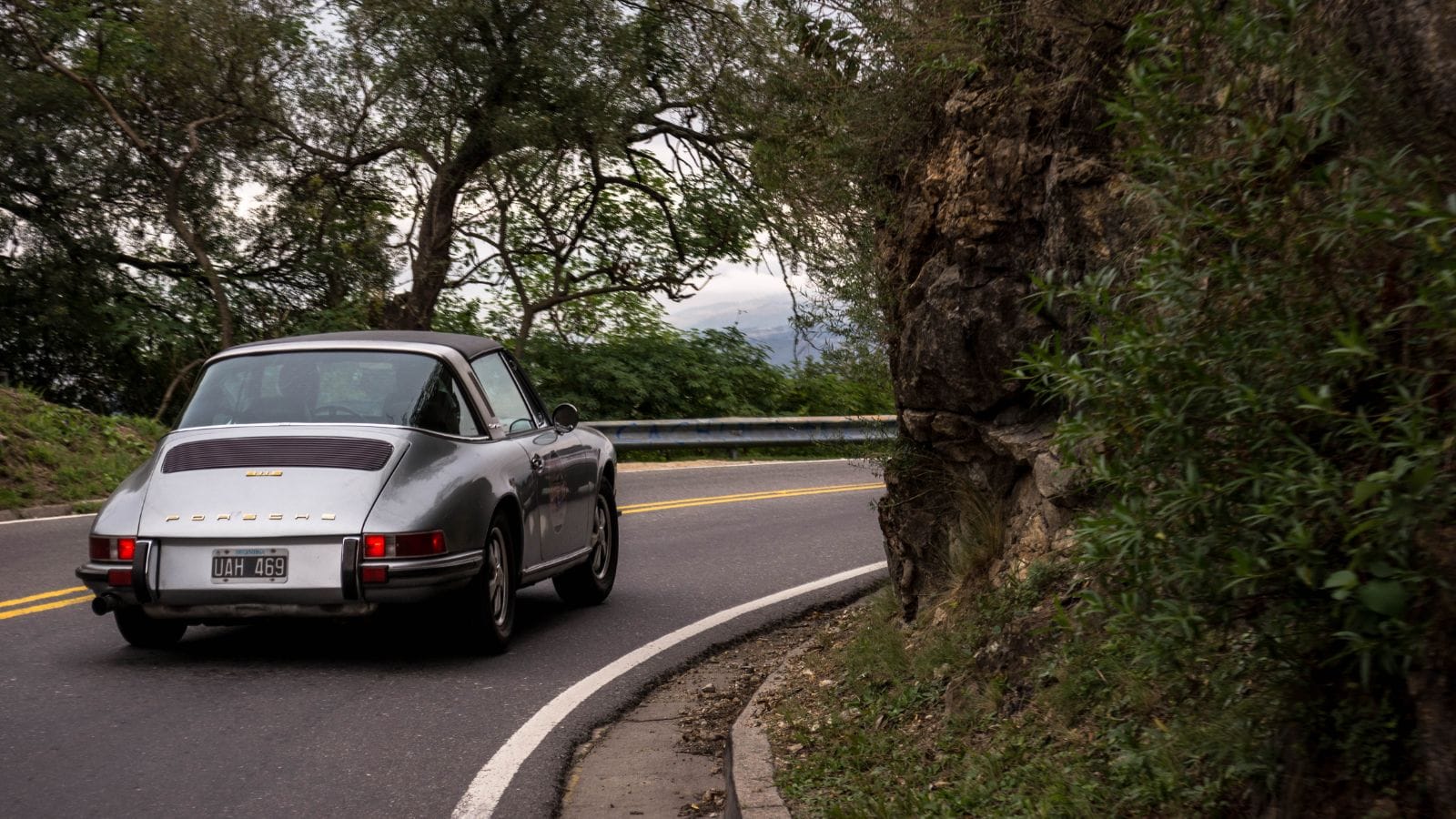
States like Virginia and Pennsylvania enforce strict mileage caps on antique-registered cars, often limiting owners to 2,500 or so miles annually. These laws are designed to prevent people from dodging taxes and insurance rates by daily-driving classics. Unfortunately, it penalizes enthusiasts who enjoy cross-country rallies or weekend trips. You might have the perfect car for Route 66, but if you’re already at your mileage limit, the law says stay home. It feels like punishing people for actually enjoying their cars rather than treating them as garage ornaments.
Canadian Winter Storage Rules

In Ontario and other provinces, historic-plated cars are often forced off the road between November and April. Insurance companies back this up by refusing coverage during the snowy season. The justification is to protect the cars from salt and rust, but for owners it feels more like a prison sentence. The first dusting of snow means tucking your Corvette or Chevelle into storage whether you want to or not. And if you dare sneak out on a clear day in January, you risk driving uninsured.
Safety Inspections That Don’t Make Sense

One of the strangest issues with classics comes during safety inspections. Some states and provinces require equipment that never existed on older vehicles, leading to absurd failures. A 1965 Mustang may fail for not having shoulder belts, or a 1950 Chevy truck could get flagged for lacking side mirrors. Enthusiasts often find themselves arguing with inspectors who don’t know the regulations for exempt vehicles. In some cases, car clubs have stepped in to help educate officials, but for many owners it’s a bureaucratic nightmare.
Smog Testing on Cars That Pre-Date Emissions
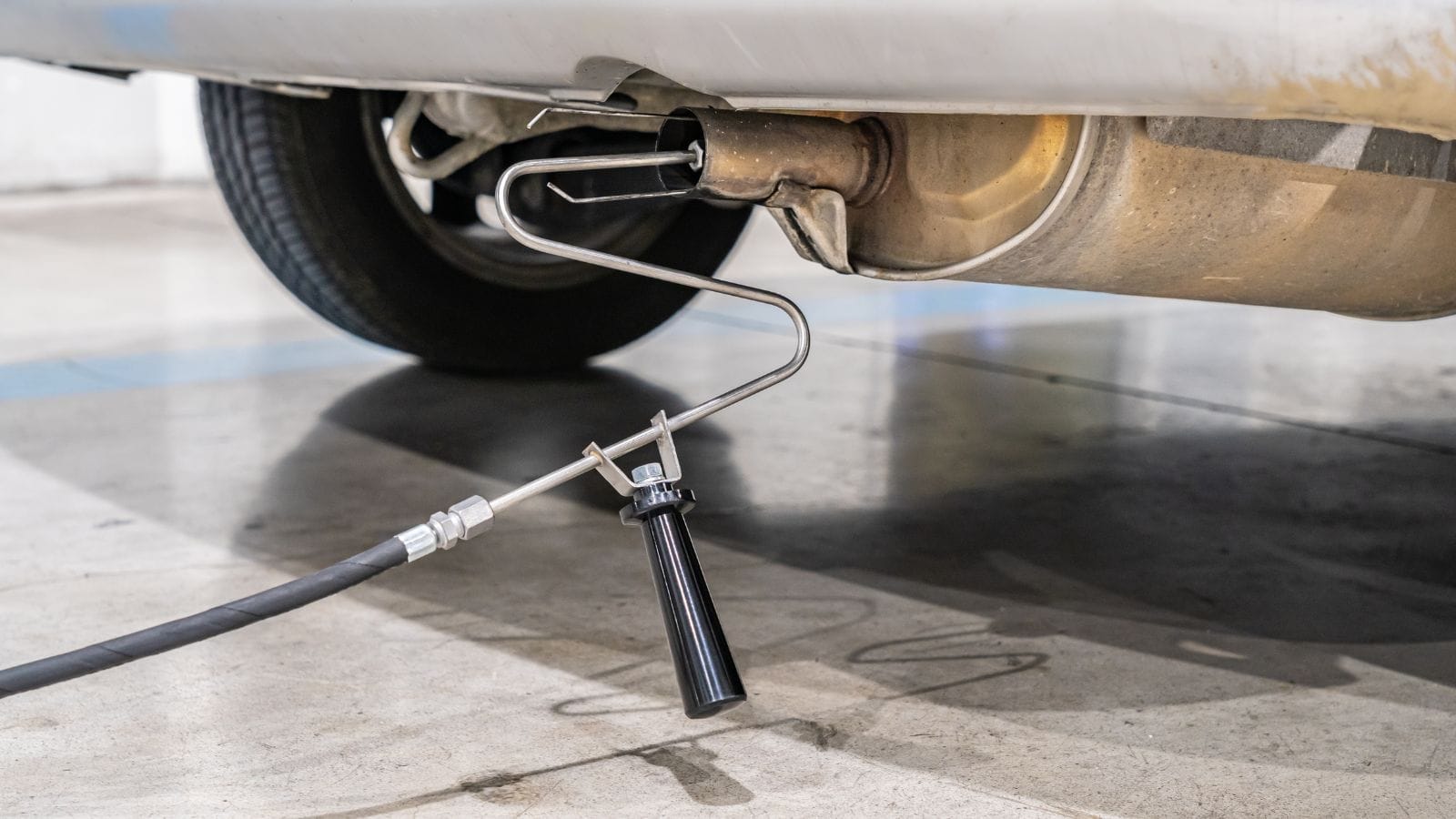
Few things irritate classic owners more than being summoned for an emissions test on a vehicle that rolled off the line decades before catalytic converters existed. While many areas officially exempt older vehicles, mistakes in registration databases frequently cause confusion. California is the most infamous example, but the problem isn’t limited to the West Coast. Muscle car owners have been forced to prove, paperwork in hand, that their car never had emissions equipment in the first place. It’s a case of modern regulations colliding awkwardly with automotive history.
Limits on Replica Plates
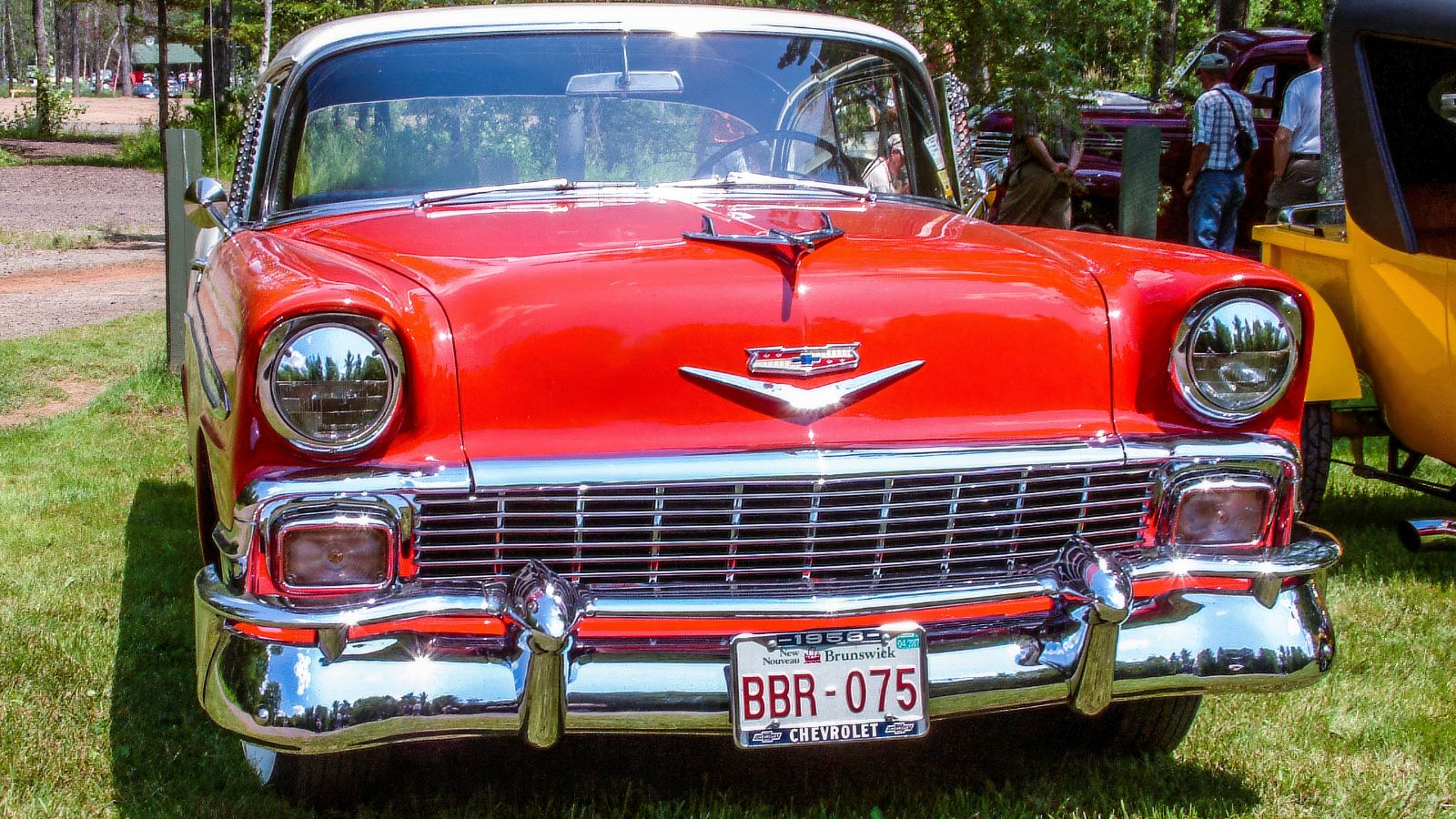
Vintage license plates are a detail that can make a restoration feel truly authentic. Many states let you register period-correct plates that match your car’s year, but there’s a twist. Some require you to carry the state-issued modern plate in your trunk at all times in case you’re pulled over. That means your perfectly restored 1957 Thunderbird could wear a gorgeous 1957 plate while a shiny new tag rattles around in the trunk. It works, but it’s not exactly seamless.
Restrictions on Classic Car Rentals

In Canada, renting out a classic car for weddings, proms, or events often requires costly commercial insurance. In certain provinces, doing it without that coverage can even make it illegal. That dreamy plan of hiring a Cadillac Eldorado convertible for prom pictures? Forget it, unless the owner has jumped through hoops with the insurance board. The rule protects consumers, but it also prevents owners from making a little side money with cars that would otherwise sit in the garage.
Engine Swaps and “Period Correct” Laws
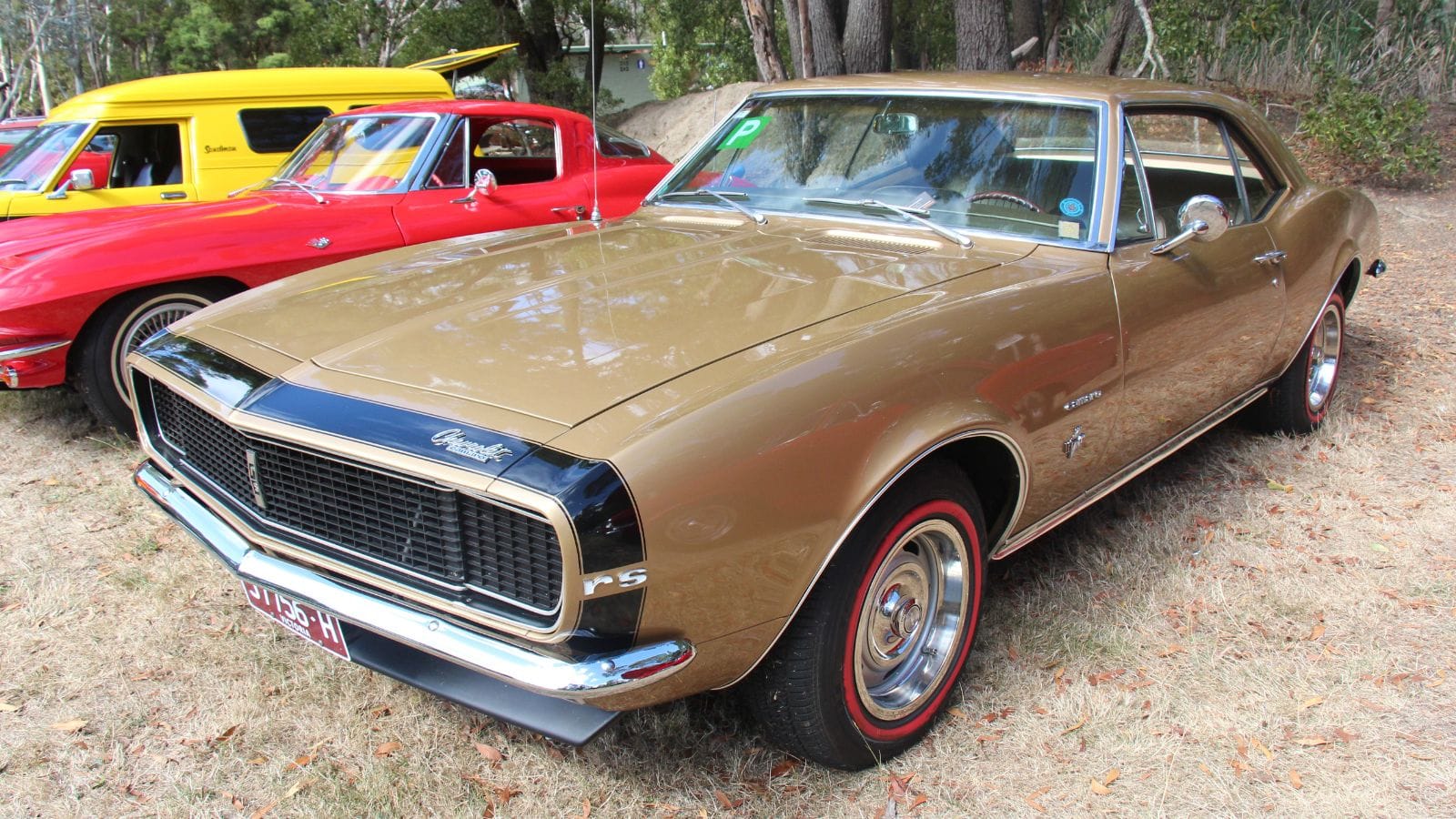
Hot rodders beware: in some regions, engine swaps on classic-registered cars must remain “period correct.” That means if you own a 1967 Camaro, you might be forced to stick with a 60s-era motor rather than drop in a modern LS V8. While purists love the idea of authenticity, this limits creativity and reliability upgrades. Builders have been known to get around the rule by registering their projects as modified vehicles instead, but that usually means higher fees and stricter inspections. It’s a bureaucratic tug-of-war between originality and progress.
Weird Noise Restrictions
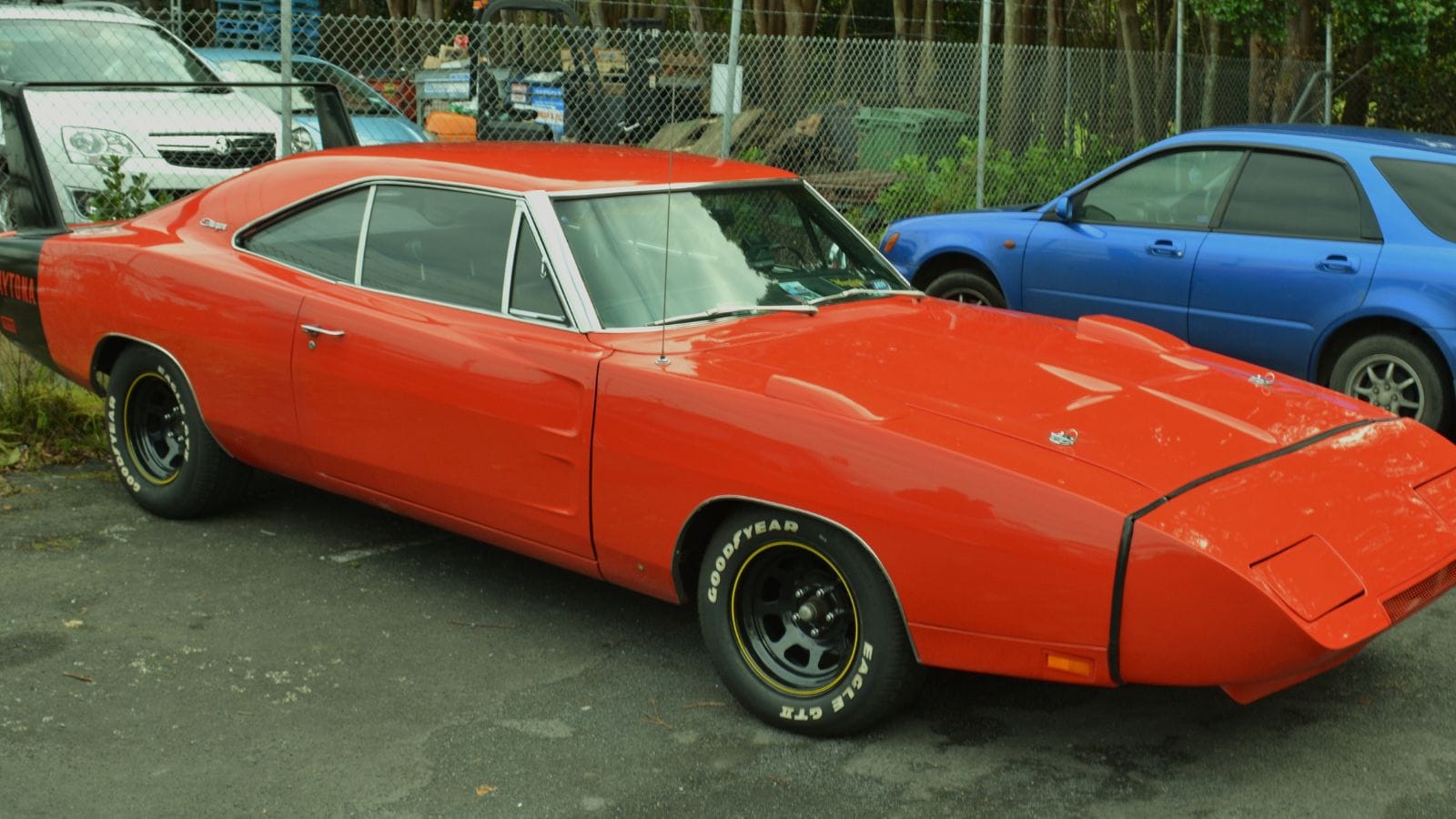
Several US cities and Canadian municipalities apply strict noise ordinances that don’t care if your car is 50 years old. A stock big-block muscle car can set off decibel alarms just as easily as a modern tuner with an aftermarket exhaust. Tickets are issued based on sound levels, not historical accuracy, meaning your factory-correct 1969 Charger could be fined for sounding exactly as it did new. Enthusiasts often find themselves arguing with officers about what counts as original equipment. It’s a battle that leaves car owners feeling like their heritage vehicles are being unfairly policed.
Driving Only to “Events”
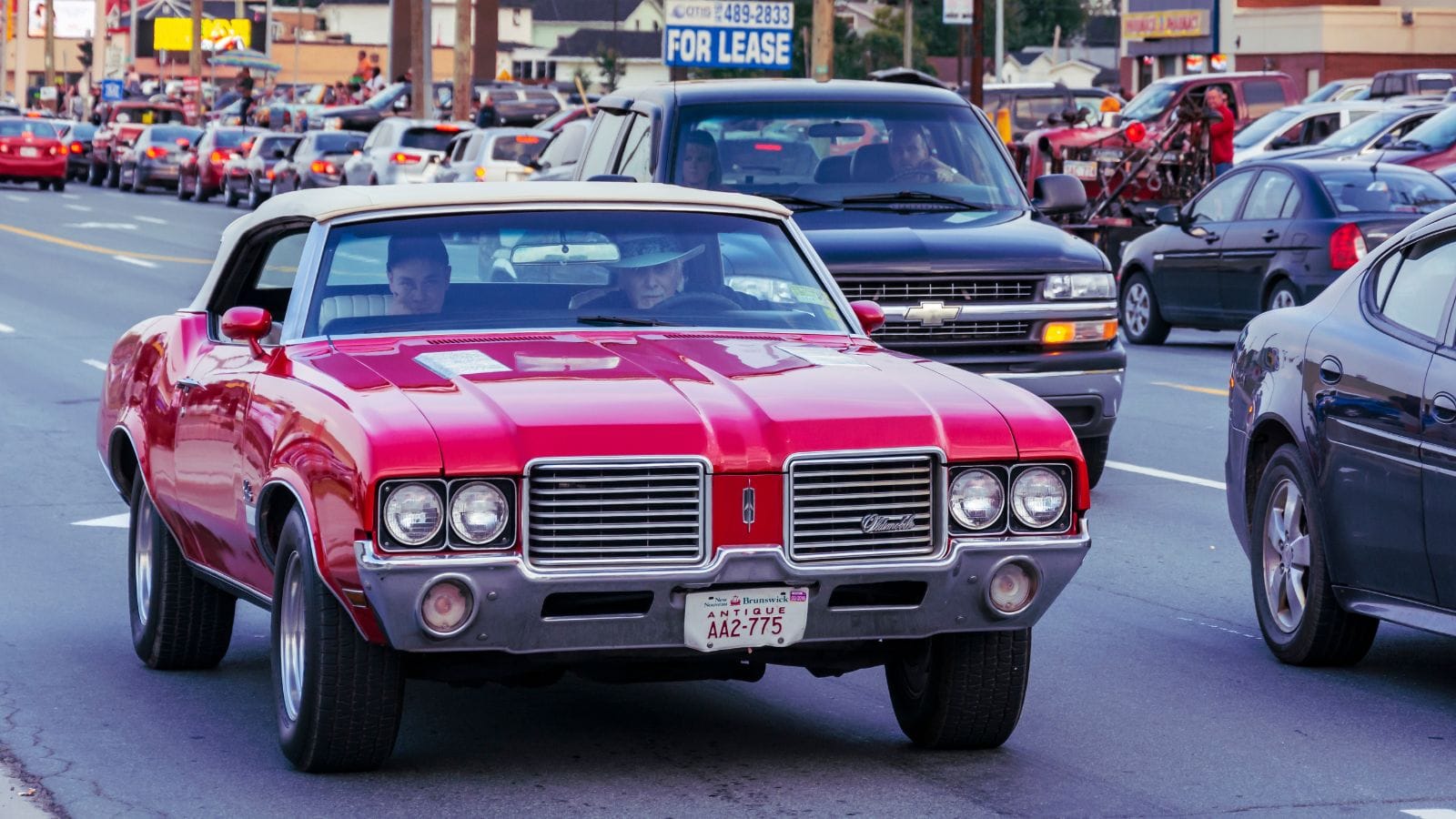
In many states, antique registration comes with a caveat: you can only drive your car to official events, parades, or club meets. That means technically, you can’t take it for a joyride or even use it for a quick grocery run. Enforcement varies, but the law looms over anyone who enjoys spontaneous drives. It’s a strange limitation that treats classics less like cars and more like museum pieces on wheels. For enthusiasts who believe cars should be driven, not just displayed, this rule is a bitter pill.
25 Facts About Car Loans That Most Drivers Don’t Realize

Car loans are one of the most common ways people fund car purchases. Like any other kind of loan, car loans can have certain features that can be regarded as an advantage or a disadvantage to the borrower. Understanding all essential facts about car loans and how they work to ensure that you get the best deal for your financial situation is essential. Here are 25 shocking facts about car loans that most drivers don’t realize:
25 Facts About Car Loans That Most Drivers Don’t Realize
